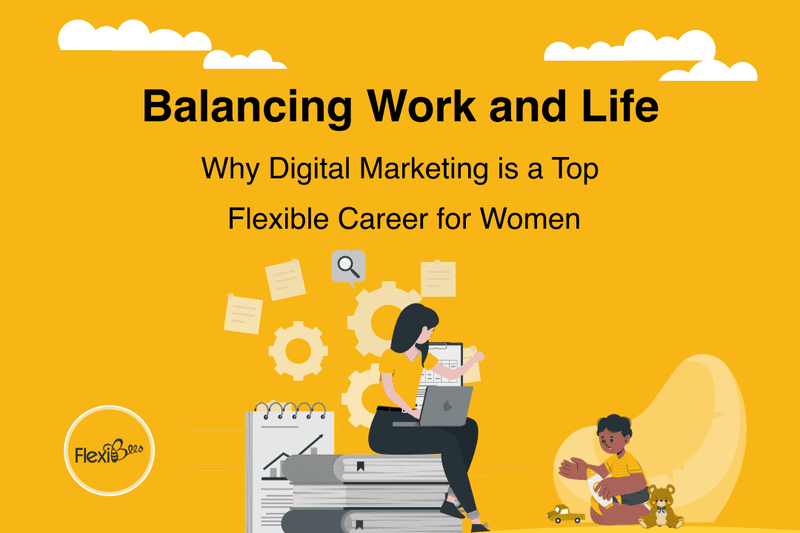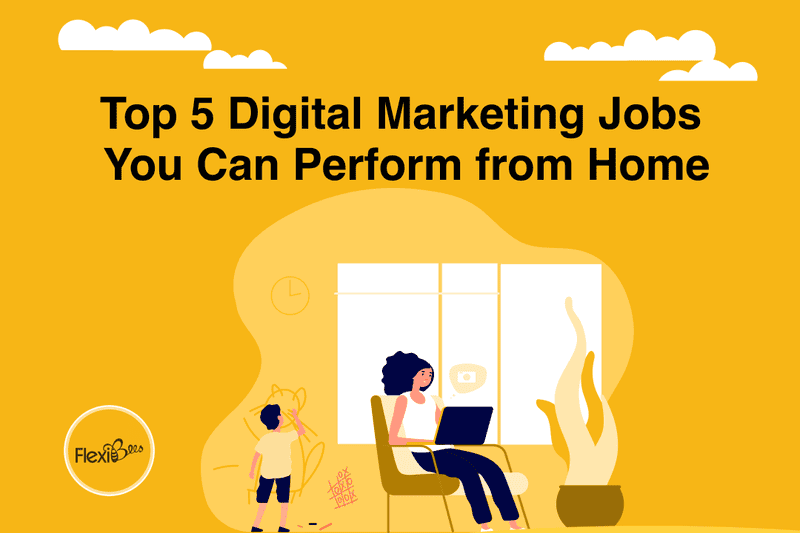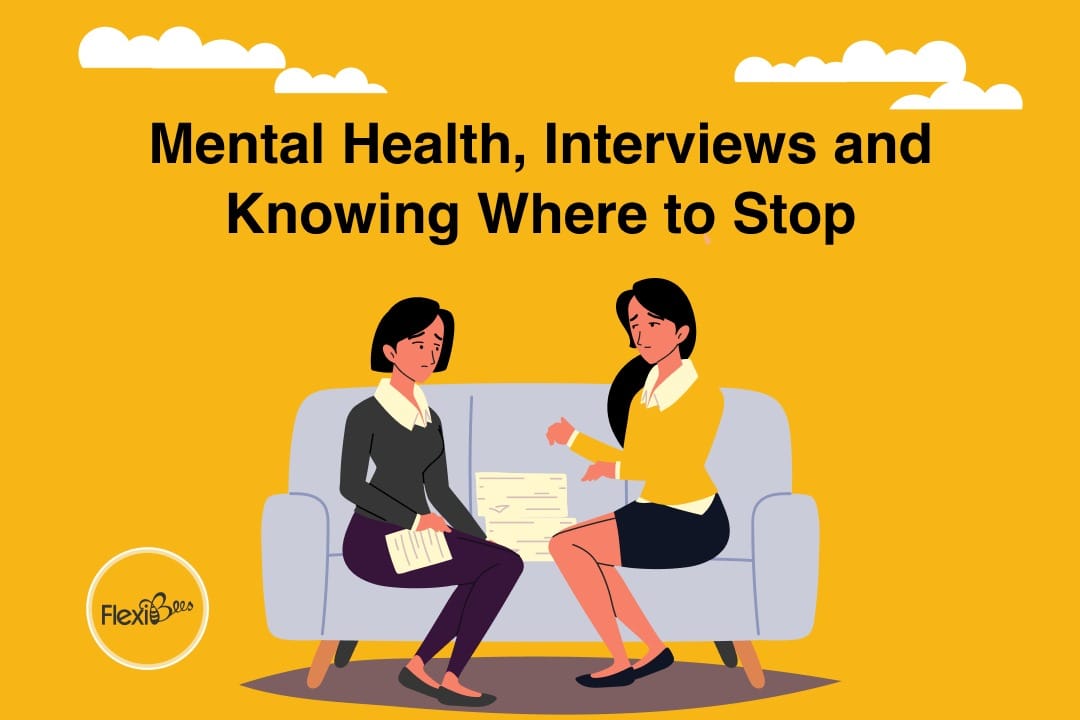We might not be in the deepest darkest winter - the funding winter - anymore, but there is still a nip in the air as we look towards summer, waiting for its arrival.
The role of capital in helping businesses grow is undeniable; however, even with limited resources, it is possible to take your startup to the next level of growth and scalability.
First of all, we did have some capital..
We at FlexiBees actually did raise some funding last year! It was our Seed round, led by Inflection Point Ventures, and it felt like rain falling on parched earth when the money hit the bank.
Even though we were ready to hit the accelerator on growth, more demand generation, more talent acquisition, more hiring, we also knew that we had to make the money last for at least 18-24 months.
A big chunk of it was meant for building our AI-driven self-serve marketplace, where our businesses and our women came together and interacted in a frictionless environment, while keeping our core differentiation of vetting intact.
But because we had raised slightly less than what we had hoped to, we didn’t have the luxury of time. Our Marketplace had to be built and launched at double the speed, so it could start being productive, i.e., generating revenue and helping us raise our next round, sooner.

We built, launched & grew our Marketplace in less than a year
A typical product lifecycle can take anywhere from 6 months to a year, depending on how early-stage the idea is and the complexity of the customer journey. Our product i.e., our Marketplace, had the advantage of having intelligence to draw upon from our non-marketplace “Assisted” business model, which has been running for a few years now.
However, it also had the challenge of complexity, with not one, but two customer journeys, as most Marketplaces will have. What helped us a bit was the fact that we had already automated the women-side journey after our last round of funding.
Nevertheless, I am proud of us having built and launched our “alpha” marketplace within 4 months post-funding, learned from it, and launched our “beta” version a couple of months after. Not only that, we also started acquiring users and booking revenue on it from the day it launched!

Here is how we did it -
We hired our CTO part-time at first
We started searching for our CTO much before the Seed funding came in. We knew it was going to take time, not only did they need to be great at their job with cutting-edge skills, but they also had to like, if not love, our vision.
It took some time, but we finally found her. Sowmya is everything we needed and more, with 20+ years of experience across legacy companies as well as high-growth startups, she is also an AI-enthusiast, and most importantly, she shares our vision.
But we found her at a time when the money for our Seed round had not yet come in, on account of a regulatory approval that was taking time. It was a pure externality and outside of our control, but we found a work-around: we hired her part-time, with the intention to go full-time once the funding came in.
It was a pretty good decision because it enabled a “period of courtship”, helping us integrate her into our business and ways of working at an easy pace. She also got to decide whether she liked what she saw, build a rapport with our tech partner, and understand our tech systems.
And she was poised to start building from the day the money hit the bank!
We shipped fast and learnt from market feedback
Within four months of our Seed round coming in, we had launched our “alpha” marketplace. This meant that the platform was not live for businesses yet. It was to check whether the matching and other aspects worked.
It was steep learning and helped us launch our beta version a couple of months after that.
As part of beta, businesses can come in, build their AI-assisted job-posts, see the best-matched pre-vetted candidates complete with matching percentages and skills, and schedule interviews. It would not have been as smooth a launch had we not tested the core functionality with alpha first.
We dipped into our existing audience pool for our first 50 sign-ups
We had another advantage: captive audiences on both sides of our Marketplace.
A marketplace is defined by its ability to generate a network effect i.e., a virtuous cycle of more buyers leading to more sellers and more sellers leading to yet more buyers. But this cycle needs to start somewhere, and often new marketplaces face what is known as the “cold start” problem.
In our case, we already had a pool of women professionals whom we had “pre-vetted” and who were ready to work. We ALSO had a 10k+ strong repository of businesses to get our first few sign-ups from; these are the leads that we have nurtured over the last few years through email retargeting and other channels.
Having this audience base and the know-how of how to target them gave us the time we needed to build other GTM channels, like paid ads.
Today, 5 months since launch, we have 250+ sign-ups, which are increasing month-on-month, as we get better at acquiring demand.
We didn’t wait for a perfect product to start booking revenue
When we launched our beta version, we didn’t wait for a perfect product before starting to acquire users. We have believed in the MVP philosophy since day 1, and this was no different.
This too was a steep learning curve, made more intense by the fact that we had to make any product changes in double real-time as actual businesses were using it.
We realized in the first couple of weeks that the sign-up journey was not segueing smoothly into posting a job, which was resulting in drop-offs after signing up. We quickly changed the flow, and that led to an immediate increase in jobs posted to sign-ups.
We also saw our first international leads struggling to schedule interviews in their time-zones, and we changed the logic for that too.
Another change, simple on the face of it but coming from a strong behavioral insight, was to make the candidate confirmation button available in email updates also, so businesses could schedule interviews without having to log back onto our portal.
There have been more such realizations, and we have been extremely agile in discovering these and shipping product changes. Which brings me to my next point.
We track our customer journeys like our lives depend on it
And our lives do depend on it in a way :)

We created a lean team to track and optimize our Marketplace journey, and went from daily drumbeats at the beginning to alternate-daily drumbeats now. Here we talk product, funnels, launches, acquisition, post-launch retention, et al. We take quick calls, track outcomes, change tactics, brainstorm, and celebrate!
And while the role of AI in our marketplace is significant, from mapping skills to roles, matching with candidates, to vetting them, it is the special ingredient of each one of our team members being “All In” that works wonders 🙂
**
As a result of all these, our Marketplace is one of the most exciting high-growth parts of our business. It’s still small, because we are resource-constrained, but we are growing month-on-month in transaction volume. And because of the quality of the match and the fact that we have roles versus gigs, we are retaining our engagements.
Best of all, the confidence we have today in the Marketplace and hence, our ability to scale, is immense. In the tough B2B landscape in India, businesses are going from job-post to candidate selection within 2 days flat!
**
Even though we are better poised for scale than ever before, we have a long way to go. Rounds to raise, growth to chase, in service of our mission to create opportunity for the untapped, under-served half of the world’s workforce.
But we are confident we will make it.
Winters come and go, founders are all-season.
- Authored by our Co-Founder and CEO, Shreya Prakash


